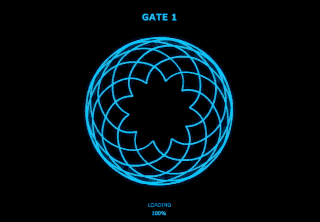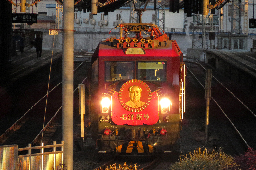Pictured: unit 4 at lizard head pass, Colorado, 1950. Photo by the Ridgeway railroad museum
The Galloping Goose was a series of railcars built in the 1930s by and for the Rio Grande Southern Railroad (RGS) (Not to be mistaken with the Denver and Rio Grande Railroad) as an attempt to maintain revenue during the great depression when passenger and freight traffic severely dropped. During this time, RGS was strapped for cash and sought mail contracts. They developed a lightweight and cheap solution for their narrow gauge infrastructure which was fragile and battered by both deferred maintenance and the harsh elements of the rocky mountains.
Such solution was a series of gas and diesel automobiles fitted with bogies and cargo space- with the first unit constructed utilizing the front end of a Buick Master Six. Several additional units would be constructed using Pierce Arrows and GMC bodies with a variety of configurations to carry small freight, US mail and the occasional passenger. During WW2, the RGS continued to run irregular heavy freight service to haul livestock in addition to their goose lineups.
By 1950, the RGS lost their mail contract as the postal service found trucks more favorable. Few cars would remain and RGS would run occasional scenic tours throughout Telluride. In 1952, after losing the mail contract and being unable to maintain finances, the RGS would fold, with the final run of the cars assigned to carry track being torn up.
The name behind the “galloping goose” is unclear- but it is asserted that the name originated from the jittery nature of the railcars rolling through the battered trackage along with the installed horn resembling the sound of a duck.
A few units have been preserved and are mostly relegated to museum displays. However, two units run on excursions at the Knotts’ Berry Farms Ghost Town & Calico Railroad.


